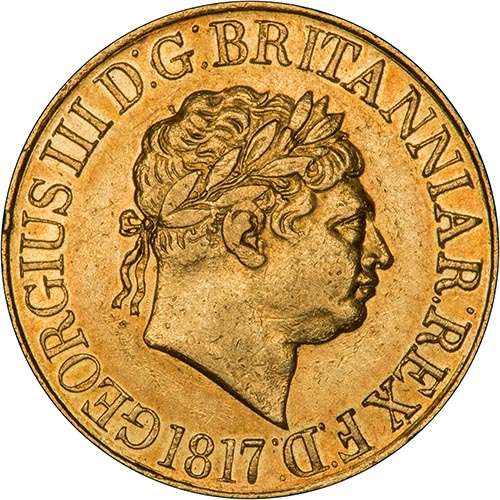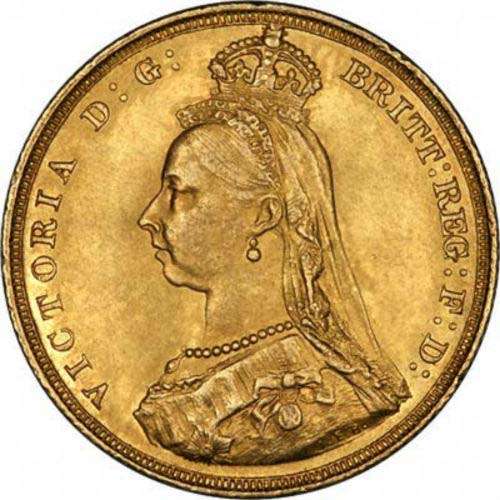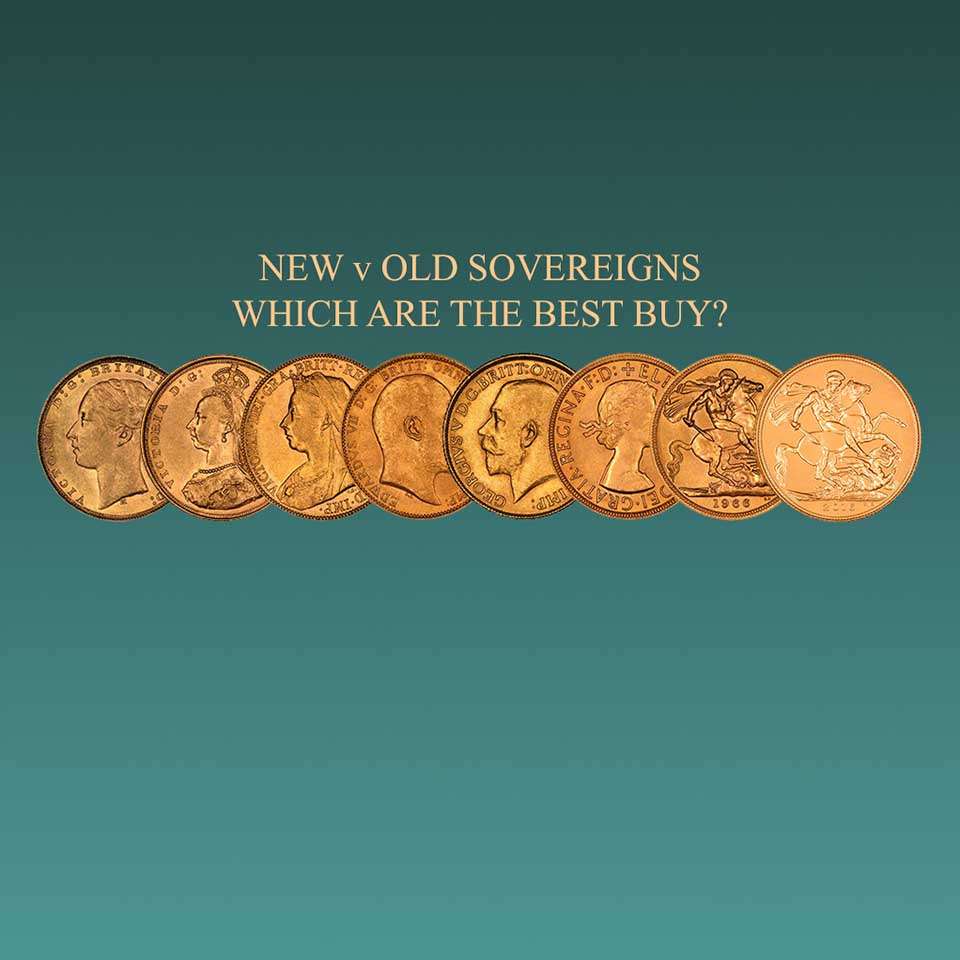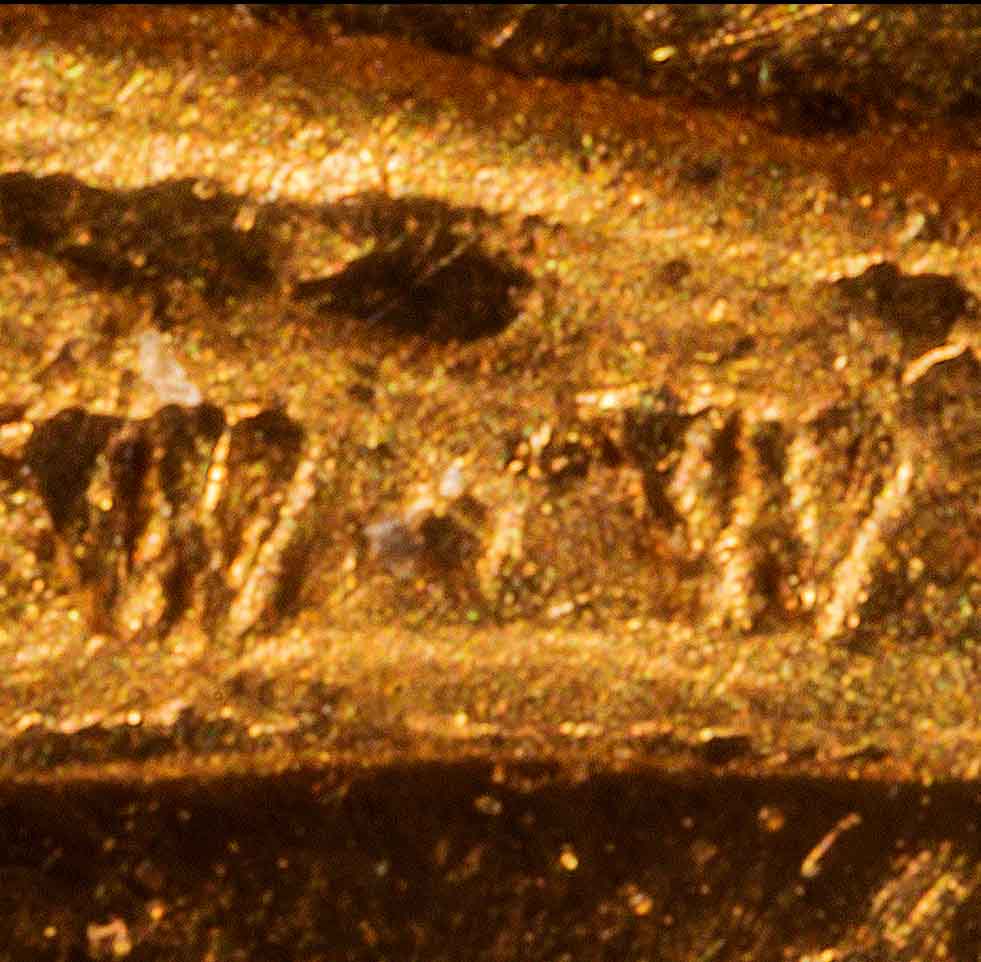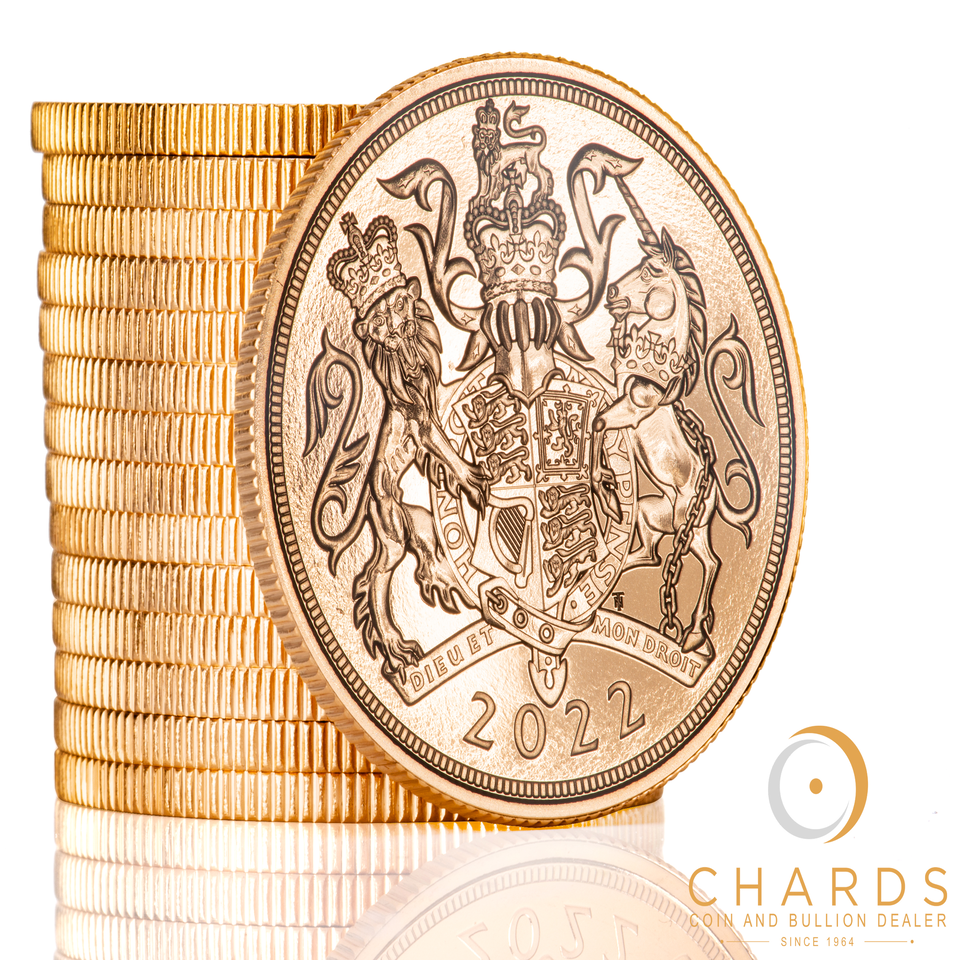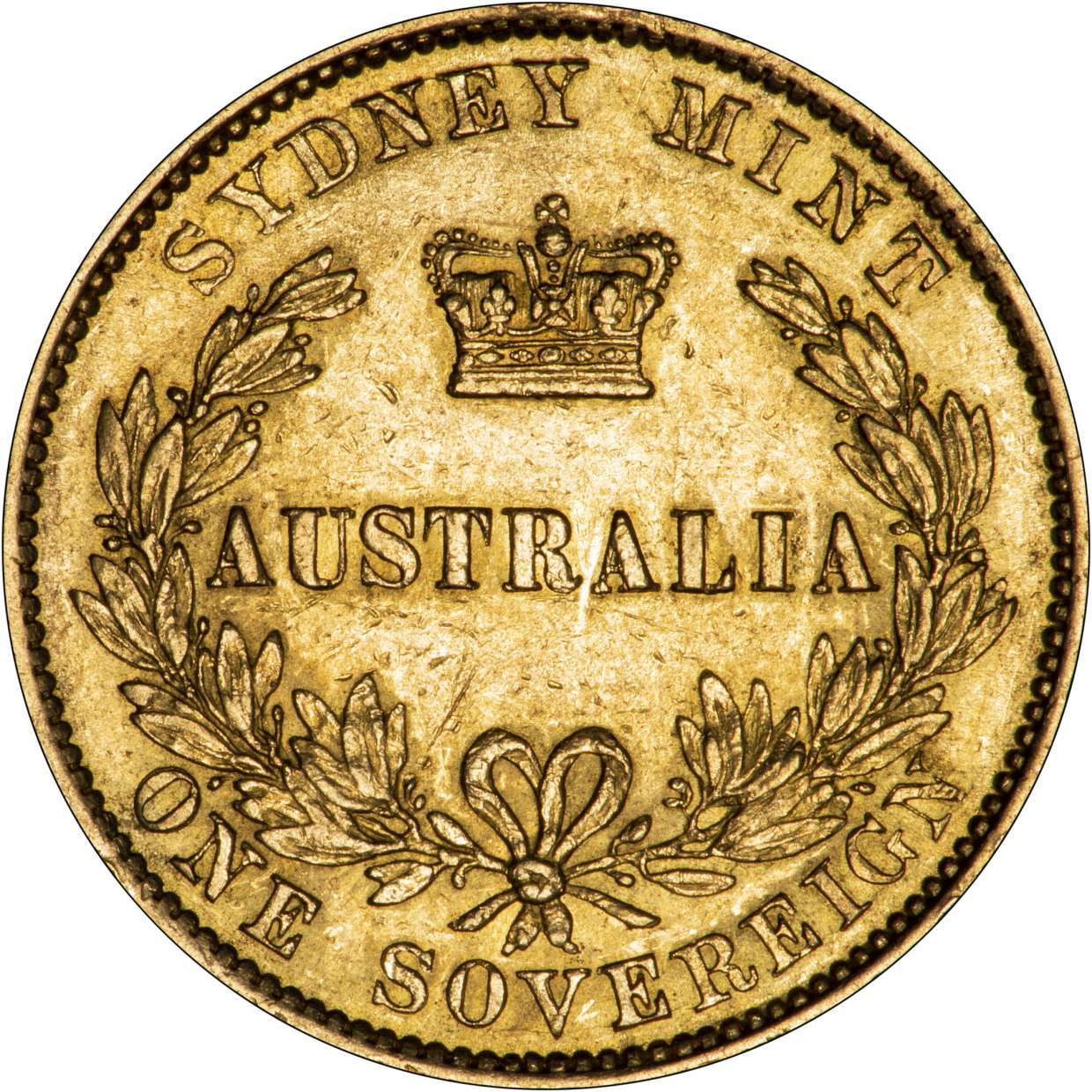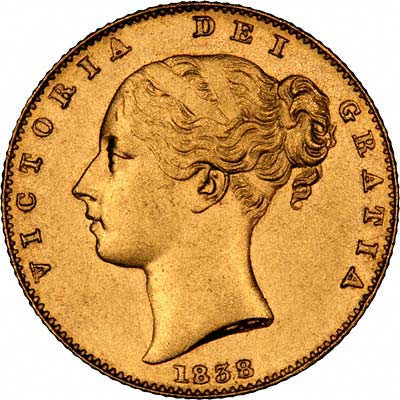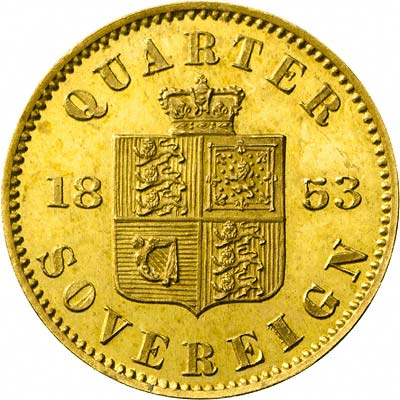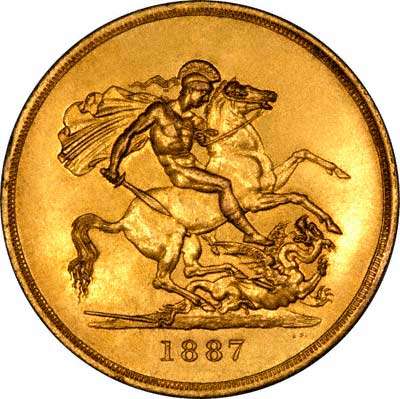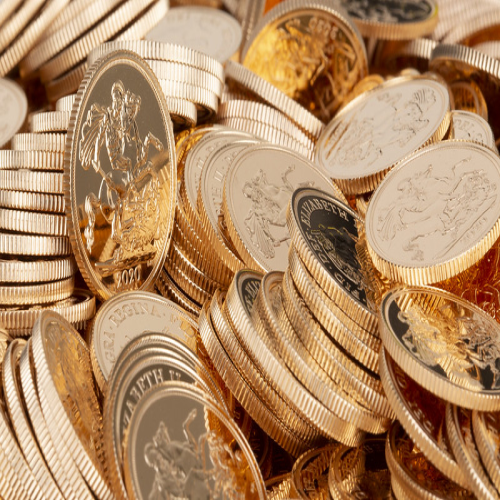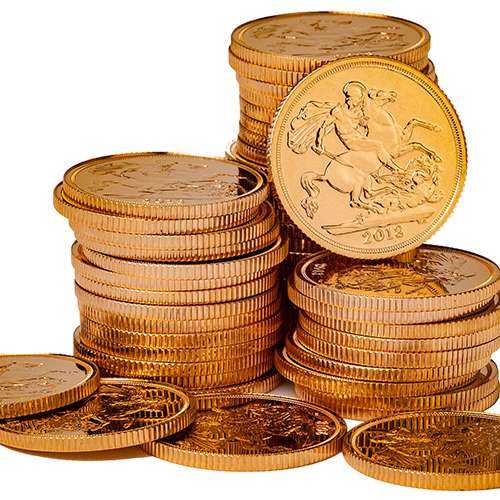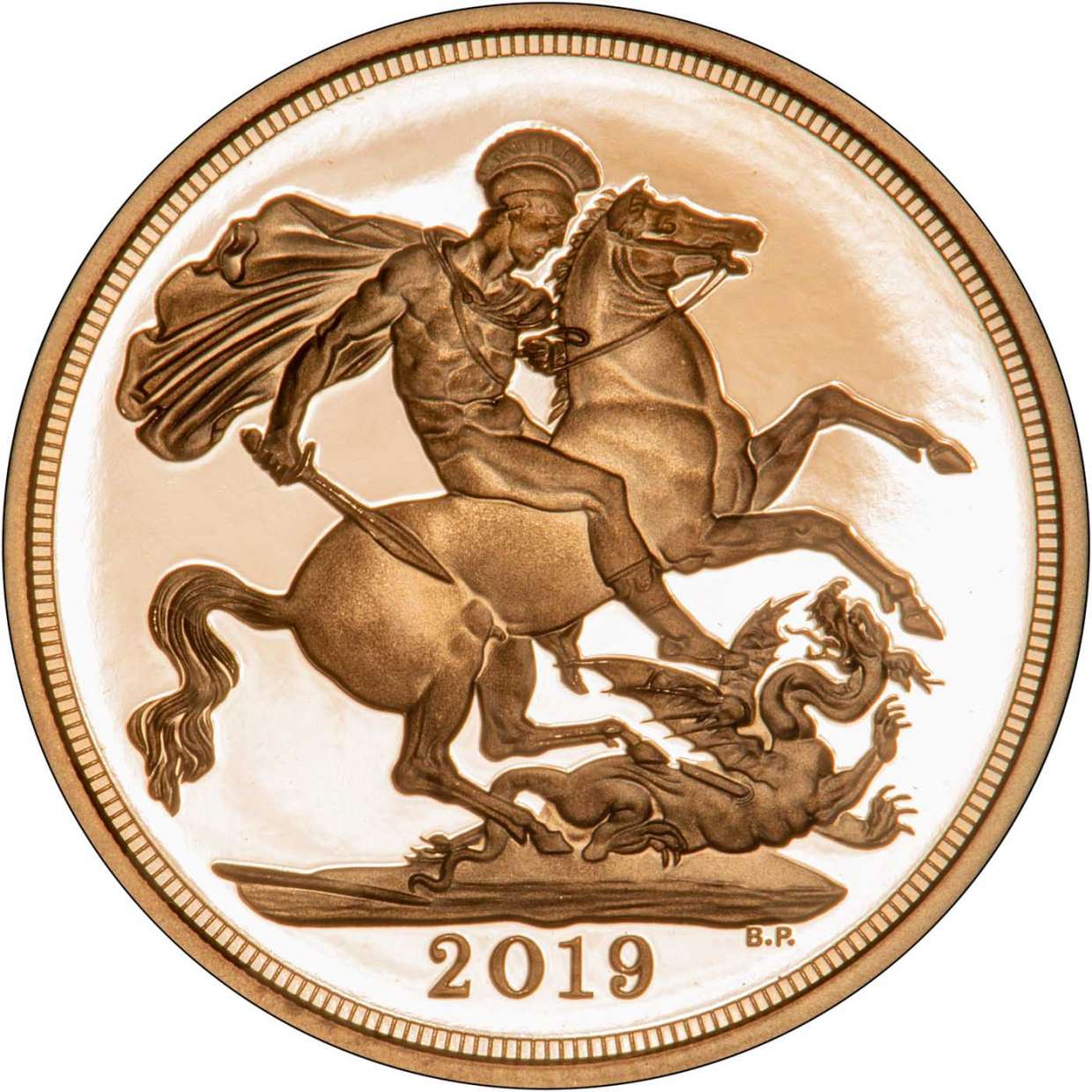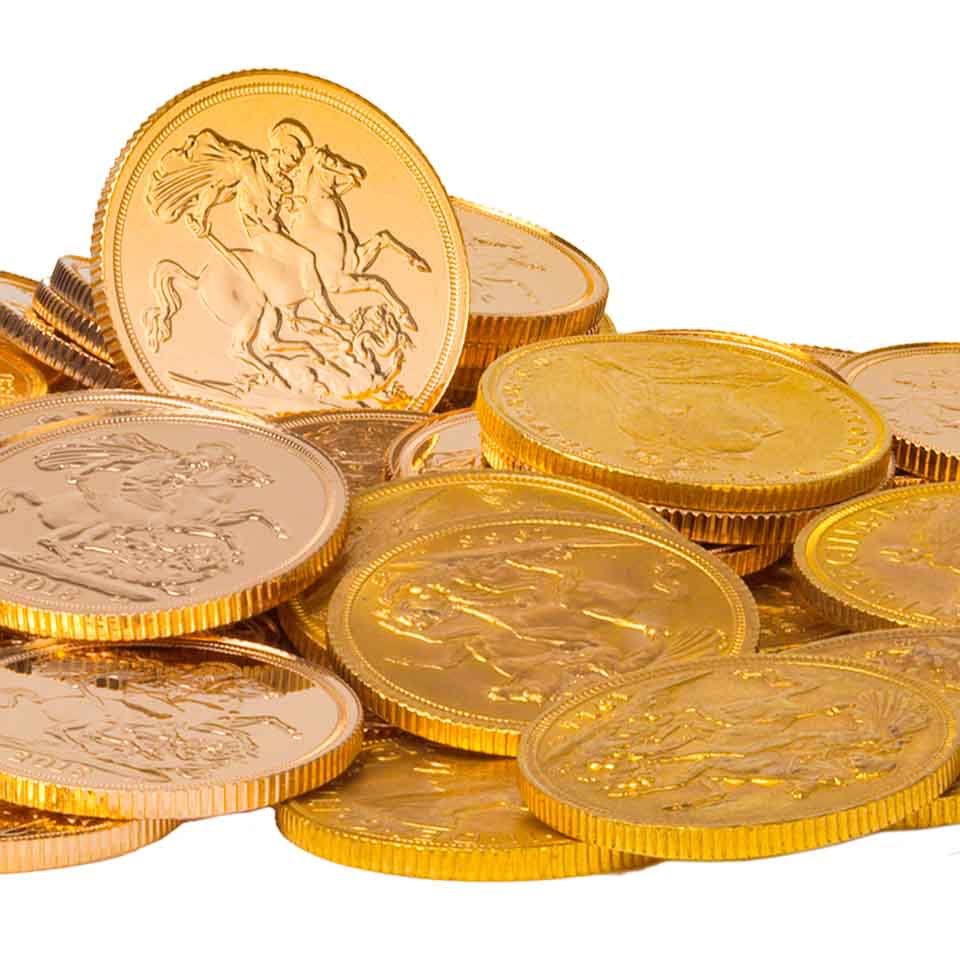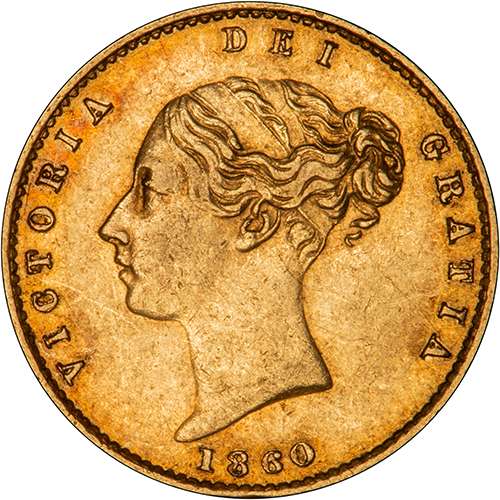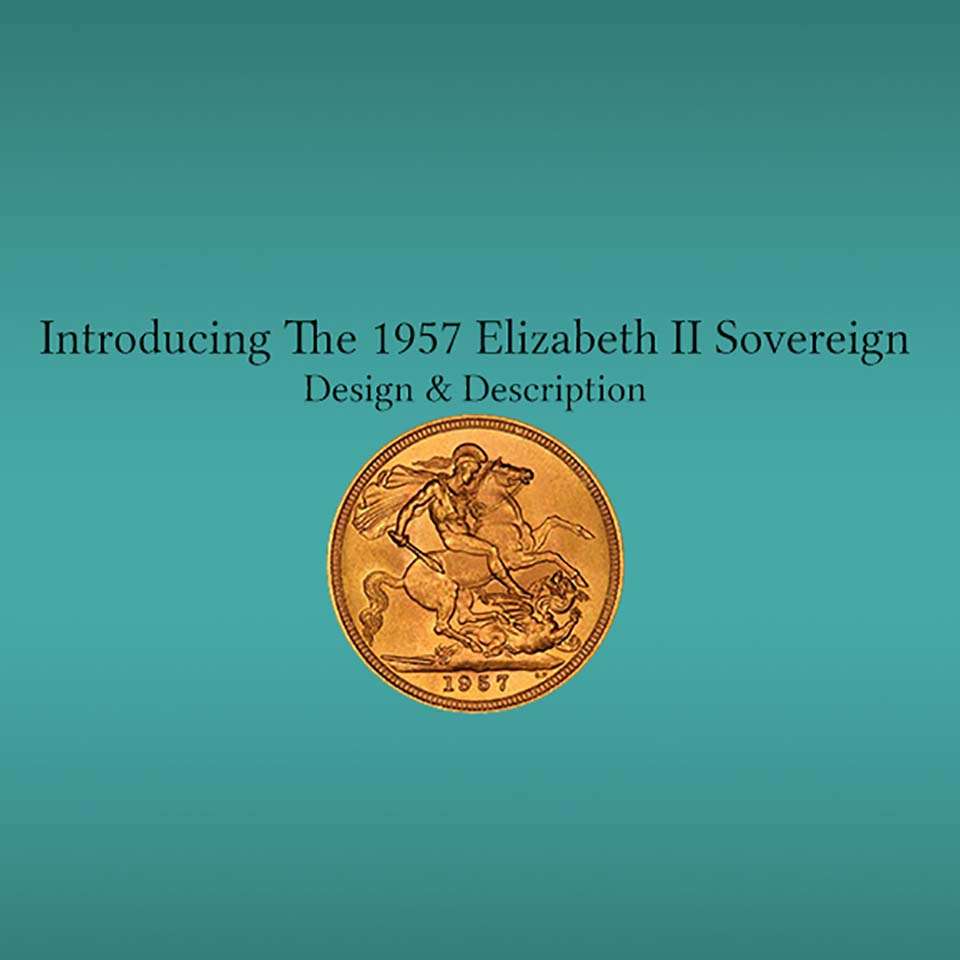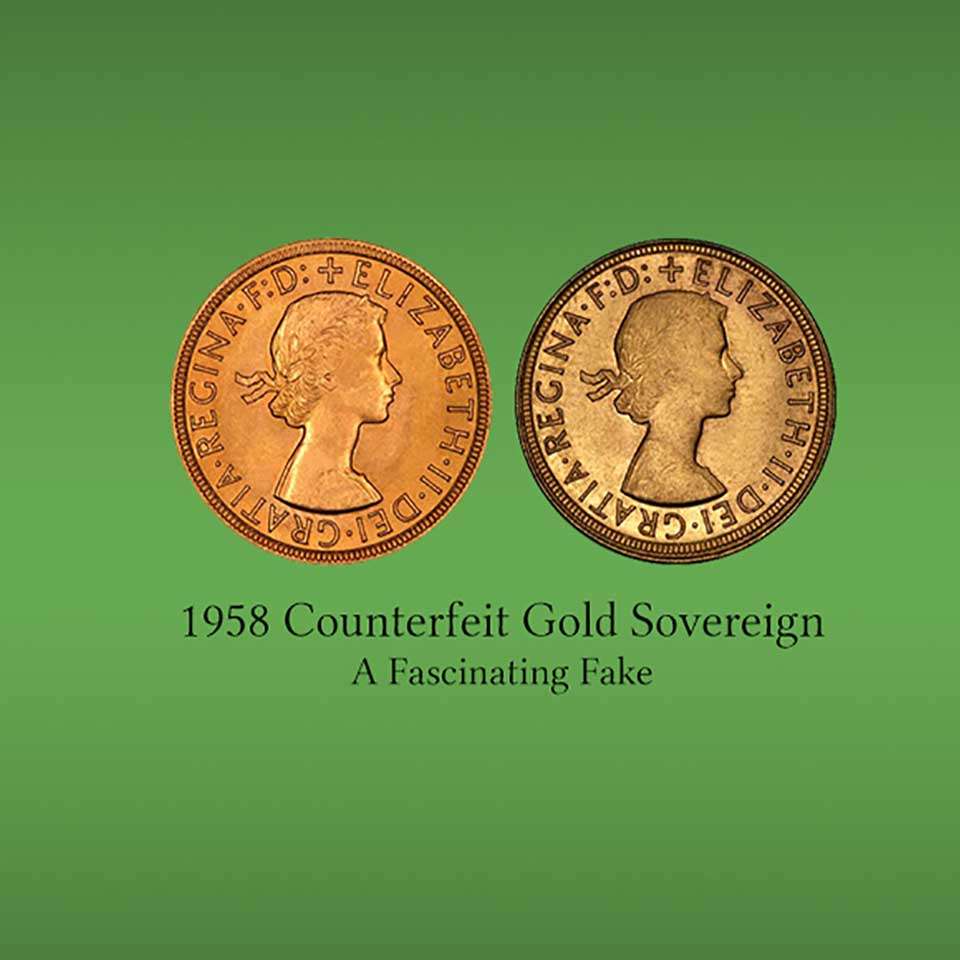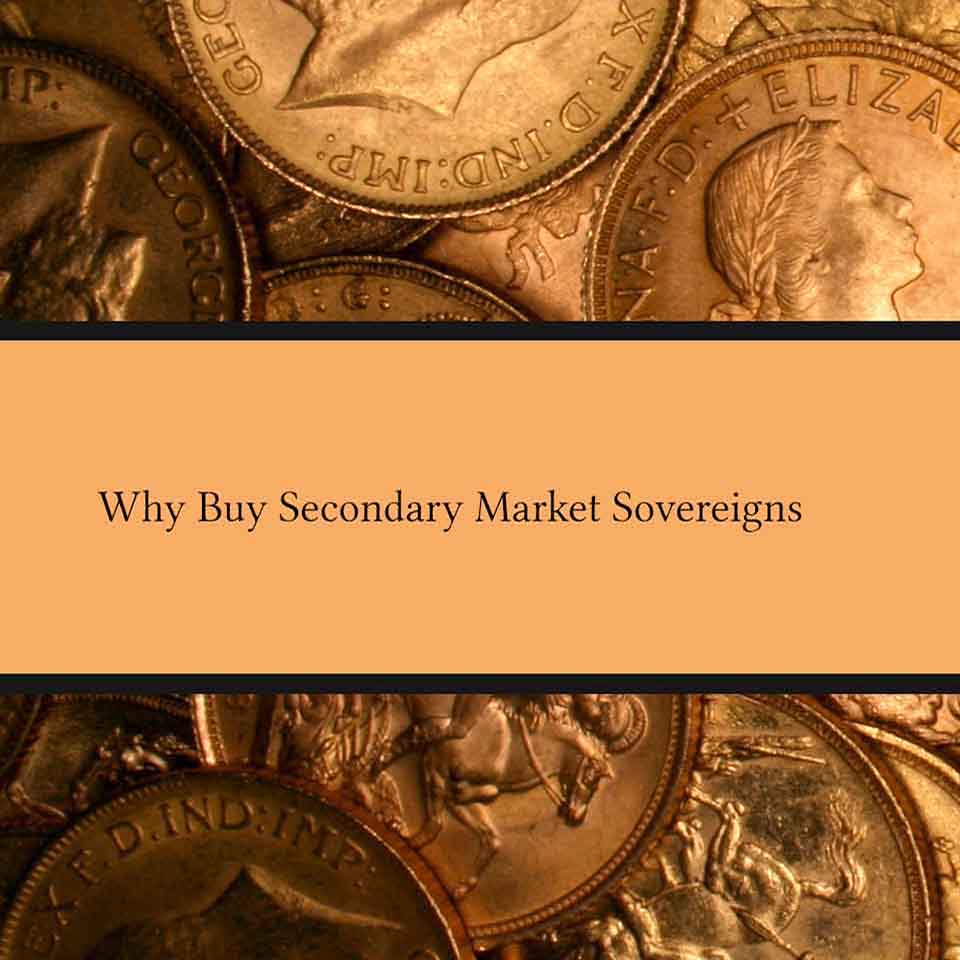Coin and Medal Alignment
Synopsis
British gold sovereigns, like most other coins, have been made in two different main die rotation alignments, "normal" & "inverted".........Which is which?
Head and Tails Upside Down on Sovereigns
Every day, we get asked lots of different questions about coins. Sometimes it seems that the more answers and information we publish on our websites, the more questions we get asked. With over ten thousand pages on our websites, and growing daily, our sites contain mines of information. If you can't find the answer on our sites, it may be worth doing a Google search. One recurring question is about die alignment on sovereigns. It's usually because someone has got a Victoria Young Head sovereign, and noticed that "the head is upside down". Our favourite answer is "oh, no it isn't", which usually results in a response of "oh, yes it is", and we can imagine that we are at a performance of a pantomime.
The Head is Always Right Way Up
Because the monarch's head is on the obverse of most coins, and the obverse is the main side of any coin, then it follows logically that the head cannot be upside down. For some strange reason, almost everybody incorrectly claims that it is the head which is upside down, rather than stating correctly that the tail side is upside down.
Coin Alignment
In what is now called "coin alignment", the head and tail sides are aligned at approximately 180% rotation from each other, assuming that you hold the coin at the top and bottom, and flip it over onto its other side through a vertical axis. Not all coins are struck in coin alignment, some are struck in medal alignment. Which seems to be the right or wrong way to somebody will depend which orientation that person is used to seeing, which will in turn depend on where the individual lives, and which way round his mother country issues their coins. The term coin alignment is therefore not strictly accurate, but is used and understood to mean as opposed to "medal alignment".
Medal Alignment
Campaign medals, service medals, and some other awards, are designed and intended to be worn on a uniform or other clothing. They usually have a swivelling suspension clasp, so that they can be turned round to view either side. This means that medals are usually turned through a vertical axis, and the two sides are expected to be right way up when turned in this manner. Almost all medals are therefore made in what has very sensibly come to be known as "medal alignment".
Victoria Young Head Sovereigns
View these products by clicking here
These were struck in coin alignment rather than medal alignment Our twinned photograph of a Victoria Young Head sovereign clearly shows that the head and tail are inverted when turned through a vertical axis.

Victoria Jubilee Head
View these products by clicking here
These were struck in medal alignment In 1887, a new portrait of Queen Victoria was introduced on gold and silver coins, for her Golden Jubilee. On these sovereigns, and all later issues so far, medal alignment was, and still is, used. Both types of Young Head sovereigns were also issued in 1887, so please don't get over-excited if you find one of these struck in coin alignment, as this is perfectly normal for these issues.

Which Flipping Way?
In Britain, we have now got used to our coins being struck in medal alignment, although most people are probably not conscious of the fact, or the difference. In the USA though, coins are struck in coin alignment, so if they flipped a coin through a vertical axis, the two sides would appear to be upside down compared with each other. A "normal" coin for a Brit would appear to be upside down to a Yank. We have theory we intend to test some day. It is possible that people living in "coin alignment" countries turn their coins over through a horizontal axis so that each side appears right way up when flipped, whereas people living in "medal alignment" countries flip through a vertical axis. As we are UK based, we flip through a vertical axis, and this appears "normal" to us. Which flipping way do you do it?
Etymology
We do not know when the terms coin alignment and medal alignment first came into use. We suspect it may have been shortly after service medals started to be issued. Likewise we do not know where the terms originated, but we are trying to research this further.
Die Axis Alignment on British Coins
With the introduction of machine made or milled coins in Britain, starting in 1561, it became normal for obverse and reverse dies to be aligned in a standard and uniform way, and this was what we now call "coin alignment". Earlier hand made "hammered" were rather random in die axis alignment as would be expected. With a few exceptions, most British milled coins were struck using coin alignment. The first major issue using medal alignment were the copper pennies, halfpennies, farthings and fractions in the "second issue" coins of George IV, starting in 1825. Please don't phone or write to say that some 1825 and 1826 farthings were struck in coin alignment; we know, and these were "first issue" coins. Since then it has become standard for copper and bronze denominations to be struck in medal alignment. The first sovereigns to be issued in medal alignment, apart from patterns, were the Jubilee designs in 1887, and all four gold denominations changed permanently to medal alignment at the same time. Silver coin denominations also changed with the Jubilee issue.
Related Blog Articles
This guide and its content is copyright of Chard (1964) Ltd - © Chard (1964) Ltd 2025. All rights reserved. Any redistribution or reproduction of part or all of the contents in any form is prohibited.
We are not financial advisers and we would always recommend that you consult with one prior to making any investment decision.
You can read more about copyright or our advice disclaimer on these links.



